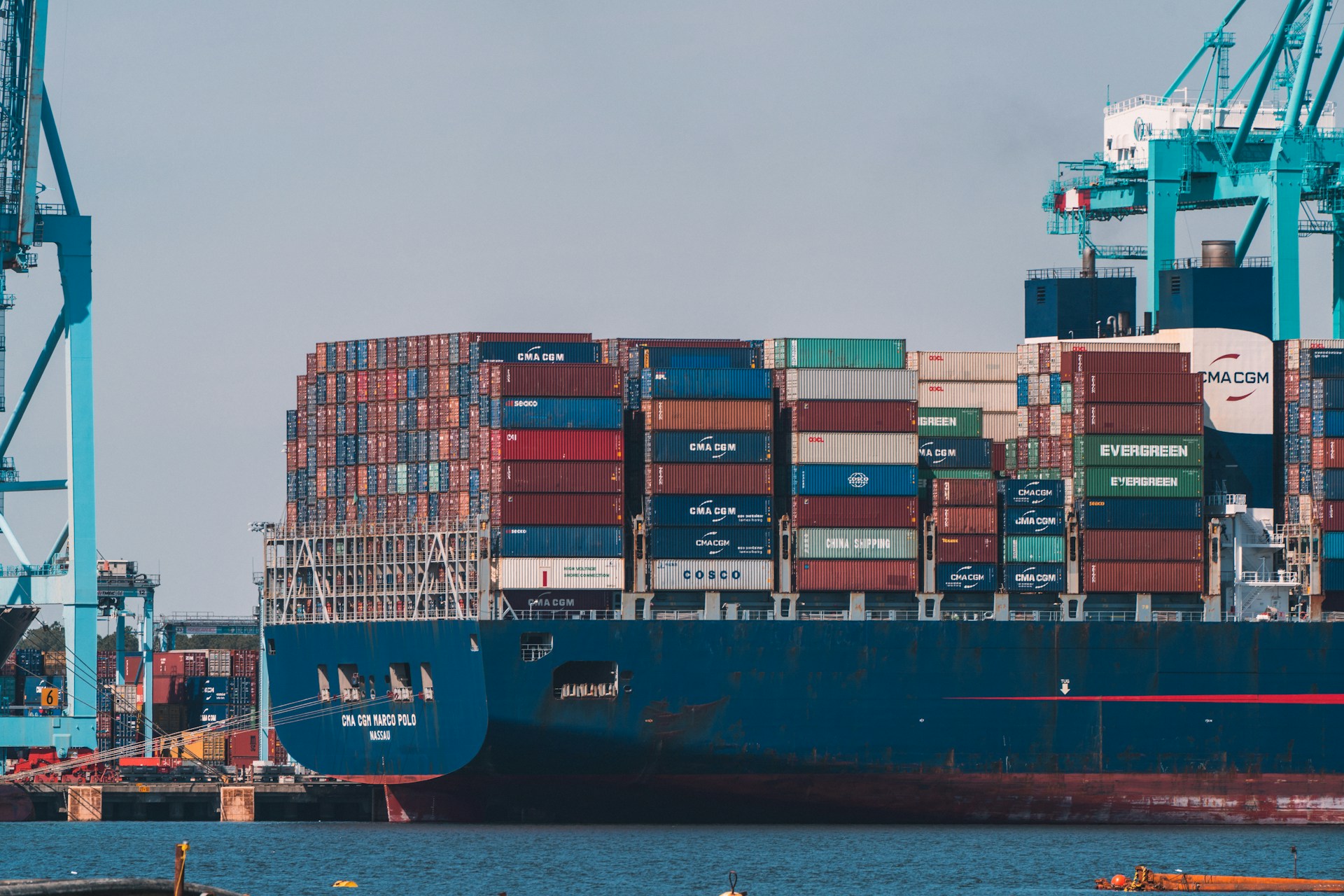There’s a product mindset problem buried inside Senator Josh Hawley’s “American Worker Rebate Act of 2025.” On the surface, it’s a cash-in-hand populist gesture: take surplus tariff revenue and convert it into direct payments for American families. But underneath the surface, this model reads like a platform monetization tactic backfired—where the platform is the US economy and the pricing logic is broken.
Let’s unpack what the rebate checks really say about the current model mismatch: between the logic of trade friction, the cost of stimulus, and the flywheel effects that are supposed to spin—but might actually stutter.
Start here: tariffs are taxes. They’re not windfall profits or platform take-rates. And unlike Apple’s App Store fee or Stripe’s transaction skim, tariffs don’t generate value—they redistribute pain. The current proposal treats tariff revenue as if it were margin extracted from foreign competition, ready to be recycled into user rewards. But the reality is closer to a regressive cost structure: domestic firms eat the margin compression, pass it on as price hikes, and households pay at the register.
In platform terms, this is like raising vendor fees and calling the resulting churn a monetization gain. The rebate may offset some household costs in theory, but the loop is leaky—because the underlying tax mechanism is distortionary, not additive.
Hawley’s rebate framing hinges on a circular model: tariffs raise revenue → revenue funds checks → checks stimulate spending → spending boosts demand. But the flywheel only works if the system is additive, not extractive. Here, the stimulus layer is built on top of an inflationary base, which means every cycle spins with more friction.
What’s missing? The cost of churn. Tariffs distort supply chains. They trigger vendor exits, procurement delays, and counter-retaliation abroad. That’s a flywheel with built-in stall points. And when rebate checks are introduced without solving those friction points, the system becomes a burn loop—not a compounding loop.
Another problem: the rebate logic doesn’t align with usage behavior. In platform terms, there’s a fundamental misread of who the user is and what they’re paying for. US households aren’t buying tariffs—they’re consuming goods whose prices are now artificially inflated. There’s no opt-in, no loyalty, no voluntary payment mechanism. Rebates don’t create alignment. They just patch a politically created cost center.
It’s not unlike a subscription platform adding “usage credits” after a forced price hike—trying to win back favor while keeping the structural change intact. It doesn’t scale as a model, and it doesn’t build user trust.
There’s also a bait-and-switch in the positioning. By labeling the check a “rebate,” the policy implies a pass-through benefit. But this isn’t a refund on value earned—it’s an offset on structural harm imposed. The optics might resemble stimulus checks, but the context is radically different. Covid-era transfers were designed to backstop income collapse. This proposal is closer to compensating for self-inflicted wounds.
Think of it as a loyalty program that pays you back for poor service. It doesn’t fix the root problem—and worse, it normalizes a broken experience.
The broader risk here is that this kind of policy layering accelerates model fatigue. You can’t keep adding fiscal patches onto inflationary scaffolding without undermining credibility. When tariffs become a monetization source and rebates become the retention tool, the whole model starts to mirror an overleveraged app ecosystem: too many incentives, not enough fundamentals.
That’s how platforms lose trust. And economies aren’t so different. The “beautiful tax and spending” package passed earlier this month already adds $3.4 trillion to the deficit. The rebate idea, no matter how politically attractive, stacks inflation risk on top of fiscal overreach. You’re subsidizing demand in a system already primed for price volatility.
This rebate check model isn’t policy innovation—it’s a UX apology for trade friction poorly deployed. Tariffs aren’t free cash. They're user friction disguised as economic protection. And checks mailed out from that pool aren’t stimulus—they’re evidence that the platform’s own design is bleeding value.
For founders and operators, the lesson here is structural: don’t confuse cash flow with alignment. And don’t design models that punish the user before offering relief. Real value loops work because they reduce friction—not because they monetize pain and rebate the damage.
What’s most troubling is how this model reflects short-term thinking dressed up as redistributive logic. It treats the economic system like an app store refund policy—charge high, apologize later. That’s not policy discipline. It’s feedback-loop confusion. If you build systems that only make sense with rebates, your system isn’t working. You're patching trust, not creating it. And eventually, even the rebates won't land. They'll feel like latency, not value.















